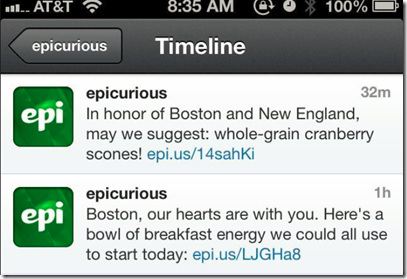Why You Should Consider Customer Service to be 1-to-1 Marketing
Some retailers only see customer service as an expense.
They view it as a cost that needs to be ruthlessly cut to the bare minimum by incentivizing call center reps to get the customer off the phone as quickly as possible and push customers to self-service portals instead of providing easy contact information.
Yet, a major challenge retailers face is that many are resellers and the products they sell are commodities.
If a customer can buy the product in many places, why should they buy from you?
Since the products are the same, retailers need to create a unique value proposition for their store.
One unique element of value can be your store’s customer service. According to data from the MarketingSherpa Ecommerce Benchmark Study, customer responsiveness correlates with success.
Stop thinking of customer service as a cost center and start thinking about it as an investment in one-to-one marketing.
Let me show you what I mean by using a customer journey as an example.
In this case, the customer journey is one I intimately understand since it was my own. (Please Note: I am overdramatizing it for effect and to highlight different decisions that go through the buyer’s head. In reality, some of these journeys may happen in a matter of minutes and many happen at a subconscious level for the customer.)
My customer journey
In my hometown of Jacksonville, Fla., it has been raining and hot and cold and dark and bright and buggy and all sorts of other excuses I could come up with for not going running. I needed a fool-proof method for exercising.
After doing some pain-point-level research, I discovered a recumbent exercise bike would be the solution I was looking for, since I could comfortably catch up on HBO Go while exercising – just the motivation I needed. Some product category research led me to the Marcy ME 709 Recumbent Exercise Bike.
Now that my product search was complete, I had to decide where to buy it. This was a commodity product with the same exact model available at many retailers. A quick foray into a shopping search engine identified 38 online stores that sold the exact same bike.
One-to-many marketing
There were price differences, and that helped with store selection. But another factor that helped with store selection was one-to-many marketing.
With so many selections, there were various stores I trusted thanks to their overall advertising and branding campaigns, print ads, newspaper circulars, content marketing, a physical presence in my hometown and many other tactics I would consider one-to-many marketing.
This branding, combined with my overall experience with these stores in the past – even excellent branding can’t outweigh negative customer experiences – caused me to prefer some stores over others.
However, there were still many stores to choose from.













